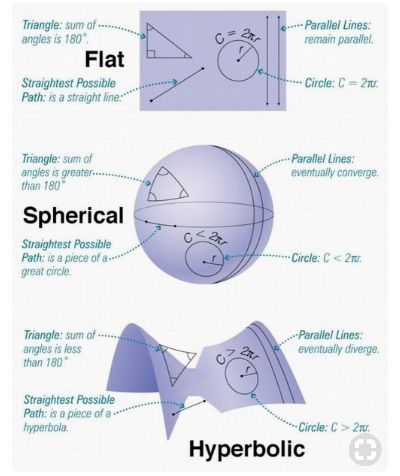
AllQuestion and Answers: Page 1714
Question Number 36892 Answers: 1 Comments: 1
Question Number 36886 Answers: 0 Comments: 1

Question Number 36884 Answers: 0 Comments: 0
Question Number 36880 Answers: 1 Comments: 3

Question Number 36877 Answers: 0 Comments: 0

Question Number 36876 Answers: 0 Comments: 0

Question Number 36874 Answers: 0 Comments: 0

Question Number 36873 Answers: 0 Comments: 0

Question Number 36872 Answers: 0 Comments: 0

Question Number 36871 Answers: 0 Comments: 0

Question Number 36867 Answers: 0 Comments: 0

Question Number 36865 Answers: 0 Comments: 0

Question Number 36862 Answers: 0 Comments: 1

Question Number 36861 Answers: 0 Comments: 0

Question Number 36853 Answers: 0 Comments: 2
Question Number 36852 Answers: 0 Comments: 0

Question Number 36851 Answers: 1 Comments: 0

Question Number 36855 Answers: 1 Comments: 1

Question Number 36846 Answers: 1 Comments: 6

Question Number 36845 Answers: 0 Comments: 0

Question Number 36844 Answers: 1 Comments: 0
Question Number 36843 Answers: 1 Comments: 1
$$\underset{{x}\rightarrow\infty} {\mathrm{lim}}\left({x}^{{x}^{{x}^{.....} } } \right) \\ $$
Question Number 36837 Answers: 1 Comments: 1
$$\underset{{r}=\mathrm{0}} {\overset{\infty} {\sum}}\mathrm{2}^{\mathrm{4}{r}−\mathrm{2}} \: \\ $$
Question Number 36828 Answers: 0 Comments: 7

Question Number 36821 Answers: 2 Comments: 1
Question Number 36820 Answers: 1 Comments: 1
Pg 1709 Pg 1710 Pg 1711 Pg 1712 Pg 1713 Pg 1714 Pg 1715 Pg 1716 Pg 1717 Pg 1718
